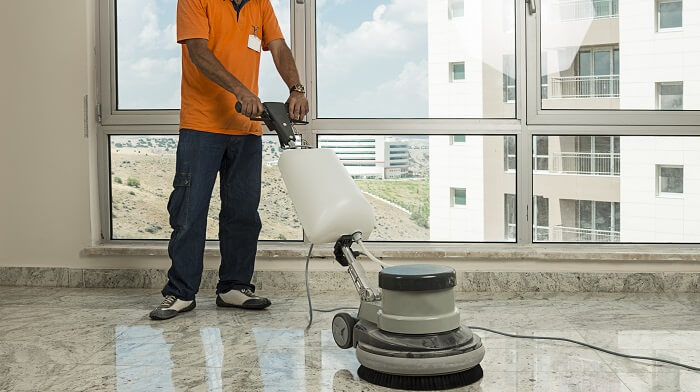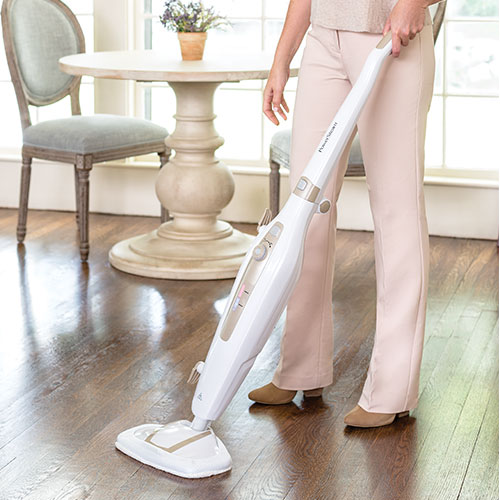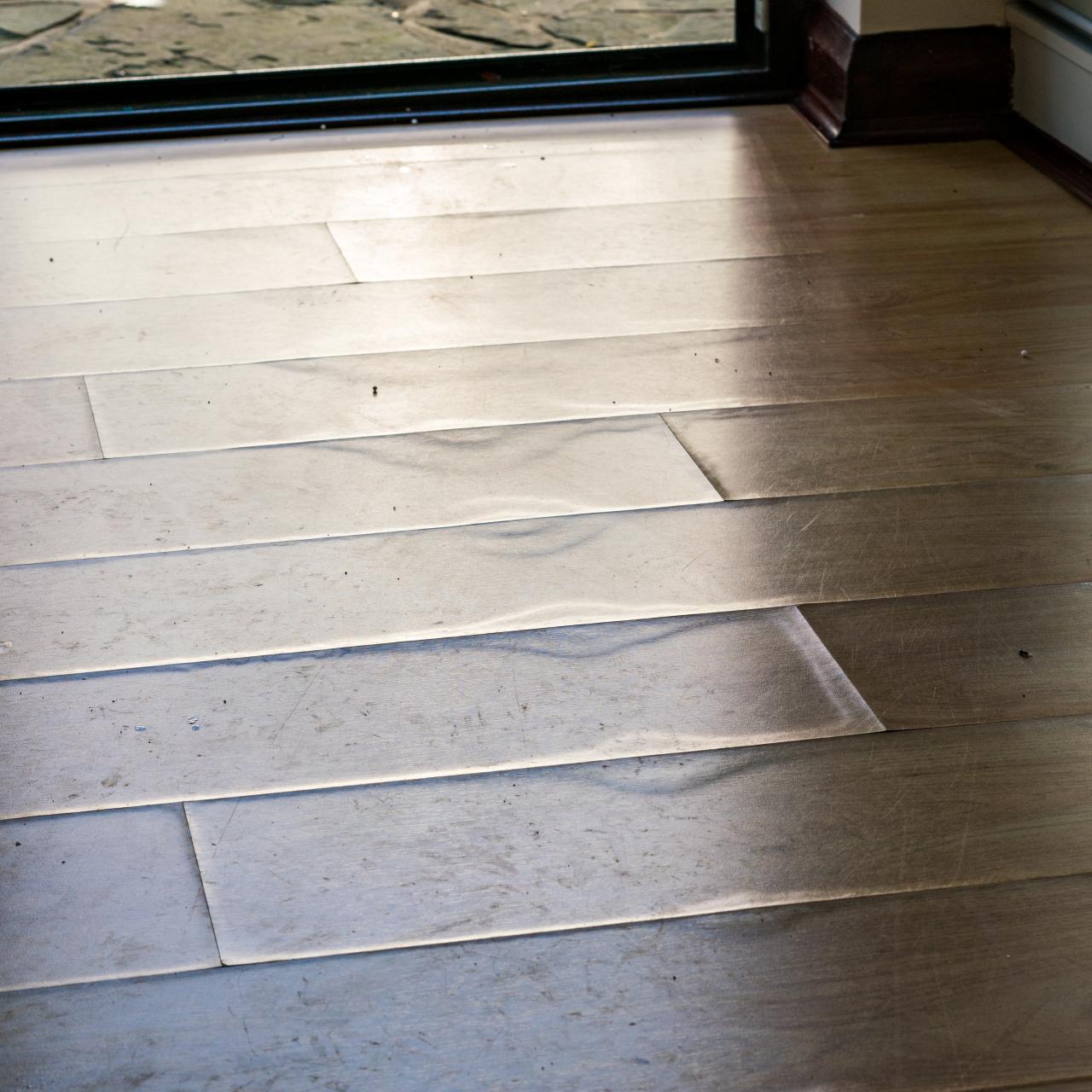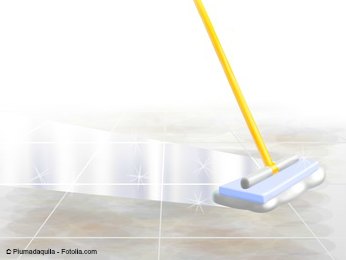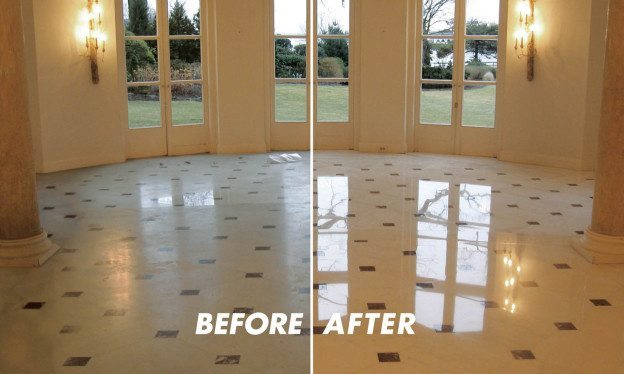Understanding the Nature of Marble Floors
Marble floors are renowned for their elegance and timeless beauty. However, they require specific care to maintain their luster and durability. One common question that arises is whether steam cleaning is suitable for marble floors. Let’s discuss the nature of marble floors and explore whether steam cleaning is a recommended cleaning method.
- Understanding the Composition of Marble Floors: Marble is a natural stone composed of calcium carbonate, which makes it susceptible to damage from acidic substances. It is also a porous material, meaning it can absorb liquids and stains. Understanding the composition of marble is crucial in determining the suitability of steam cleaning.
- The Benefits of Steam Cleaning Marble Floors: Steam cleaning offers several advantages for marble floors. Firstly, it provides a deep and thorough clean, removing dirt, grime, and bacteria from the surface. Steam also disinfects the marble without the need for harsh chemicals, making it an environmentally friendly option. Additionally, steam cleaning can eliminate stubborn stains and restore the natural shine of the marble.
- The Potential Risks of Steam Cleaning Marble Floors: While steam cleaning has its benefits, there are also risks to consider. The high temperatures and moisture from steam can penetrate the pores of the marble, potentially causing damage over time. Excessive or prolonged steam exposure can lead to discoloration, etching, or even cracks in the marble surface. It is essential to weigh these risks before deciding to steam clean your marble floors.
- Precautions to Take Before Steam Cleaning Marble Floors: To minimize the risks associated with steam cleaning marble floors, certain precautions should be taken. Firstly, ensure that your marble is properly sealed to reduce its porosity and protect it from moisture damage. It is also recommended to test a small, inconspicuous area of the floor before proceeding with steam cleaning. This will help you assess the marble’s reaction to steam and determine if it is suitable for your specific floor.
- Seeking Professional Help: If you are unsure about steam cleaning your marble floors or lack the necessary equipment, it is advisable to seek professional help. Professional cleaners have the expertise and experience to assess your marble floors and determine the most suitable cleaning method. They can also provide guidance on maintaining the long-term beauty and durability of your marble floors.

The Pros and Cons of Steam Cleaning Marble Floors
When it comes to cleaning marble floors, there are various methods available, and steam cleaning is one of them. Like any cleaning method, steam cleaning has its pros and cons. Here are the advantages and disadvantages of steam cleaning marble floors, helping you make an informed decision about the best cleaning approach for your marble surfaces.
The Pros of Steam Cleaning Marble Floors:
- Deep Cleaning: Steam cleaning provides a thorough and deep clean by using high-temperature steam to penetrate the pores of the marble. This helps to remove dirt, grime, and bacteria that can accumulate on the surface.
- Environmentally Friendly: Steam cleaning does not require the use of harsh chemicals, making it a more eco-friendly option. It relies solely on heat and water vapor to clean and disinfect the marble floors.
- Versatility: Steam cleaners can be used on various surfaces besides marble floors, making them a versatile cleaning tool for your home. d. Stain Removal: Steam cleaning can effectively remove stubborn stains from marble floors, restoring their natural beauty.
The Cons of Steam Cleaning Marble Floors:
- Potential Damage: The high heat and moisture from steam can potentially damage marble floors if not used properly. Prolonged exposure to steam can lead to discoloration, etching, or even cracks in the marble surface.
- Sealing Concerns: If your marble floors are not adequately sealed, steam cleaning can cause moisture to penetrate the pores, potentially leading to damage. It is crucial to ensure your marble is properly sealed before considering steam cleaning.
- Time and Effort: Steam cleaning can be a time-consuming process, especially for larger areas. It requires moving the steam cleaner across the floor methodically to ensure thorough cleaning.
- Cost: Investing in a quality steam cleaner can be costly, especially if you only plan to use it for occasional marble floor cleaning.
Precautions to Take Before Steam Cleaning Marble Floors
Before embarking on steam cleaning your marble floors, it is crucial to take certain precautions to ensure the safety and preservation of the marble surface. These precautions will help minimize the risks associated with steam cleaning and protect your floors from potential damage. Let’s discuss the essential precautions you should take before steam cleaning your marble floors.
Check the Sealant: Before steam cleaning, it is important to check the sealant on your marble floors. Marble is a porous material, and if the sealant is worn out or damaged, steam can penetrate the pores and cause damage. Inspect the sealant and ensure it is intact and in good condition. If needed, apply a fresh coat of sealant to protect your marble floors.
Test in an Inconspicuous Area: Before steam cleaning the entire marble floor, it is wise to test the steam cleaner in a small, inconspicuous area. This will allow you to assess how the marble reacts to steam cleaning and determine if any adverse effects occur. If you notice any discoloration, etching, or other issues, it is best to avoid using steam cleaning on the entire floor.
Use the Right Steam Cleaner: Not all steam cleaners are suitable for marble floors. It is essential to choose a steam cleaner specifically designed for use on delicate surfaces such as marble. Look for a steam cleaner with adjustable temperature settings, allowing you to control the intensity of the steam. Avoid using steam cleaners with excessively high temperatures, as they can cause damage to the marble.
Clean the Surface Thoroughly: Before steam cleaning, it is important to remove any loose dirt, dust, or debris from the marble floor. Use a soft-bristle broom or vacuum cleaner in a gentle setting to ensure the surface is free of any particles that may scratch the marble during the steam cleaning process. This step helps protect the marble and ensures a more effective cleaning.
Follow Manufacturer’s Instructions: Every steam cleaner is different, so it is crucial to carefully read and follow the manufacturer’s instructions before using it on your marble floors. Pay attention to the recommended steam intensity, duration of use, and any specific precautions or limitations mentioned in the user manual. Following these instructions will help you use the steam cleaner in the safest and most effective manner.
Consider Professional Help: If you are uncertain about steam cleaning your marble floors or lack the necessary equipment, it is advisable to seek professional assistance. Professional cleaners have the expertise, experience, and specialized tools to steam clean marble floors effectively without causing damage. They can ensure the proper precautions are taken and deliver optimal results.
Step-by-Step Guide: How to Safely Steam Clean Marble Floors
Steam cleaning can be an effective method for cleaning marble floors when done correctly. To ensure the safety and effectiveness of the process, it is important to follow a step-by-step guide. Below we provide a comprehensive guide on how to safely steam-clean marble floors, allowing you to maintain their beauty and longevity.
Prepare the Area: Before starting the steam cleaning process, prepare the area by removing any furniture or objects from the floor. This will ensure unobstructed access and prevent potential damage or accidents during the cleaning process. Additionally, cover any nearby electrical outlets or switches with plastic to protect them from moisture.
Sweep or Vacuum: Thoroughly sweep or vacuum the marble floor to remove loose dirt, dust, and debris. This step will prevent scratching the surface during the steam cleaning process. Use a soft-bristle broom or a vacuum cleaner with a gentle setting to avoid any damage to the marble.
Choose the Right Steam Cleaner: Select a steam cleaner specifically designed for use on delicate surfaces like marble floors. Ensure that the cleaner has adjustable temperature settings, allowing you to set it to a safe and suitable level for marble. Refer to the manufacturer’s instructions for guidance on the appropriate steam intensity for marble floors.
Fill the Steam Cleaner: Follow the manufacturer’s instructions to fill the steam cleaner with water. Avoid using any additives or chemicals in the water, as they may cause damage to the marble. It is best to use distilled or filtered water to prevent mineral deposits that could harm the steam cleaner or leave residue on the floor.
Test the Steam Cleaner: Before using the steam cleaner on the entire floor, test it in a small, inconspicuous area of the marble. This will allow you to ensure that the steam cleaner is set to an appropriate temperature and that it does not cause any adverse effects on the marble. Observe the test area for any discoloration, etching, or other damage.
Steam Clean in Sections: Divide the marble floor into manageable sections and steam clean them one at a time. Hold the steam cleaner a few inches above the surface and move it slowly in a back-and-forth motion. Avoid dwelling on one spot for too long, as this can cause excessive moisture and potential damage to the marble. Repeat this process for each section of the floor.
Dry the Floor: After steam cleaning each section, use a clean, dry microfiber cloth or mop to immediately dry the surface. This step is crucial to prevent any moisture from seeping into the pores of the marble. Ensure that the floor is thoroughly dried before moving on to the next section.
Post-Cleaning Inspection: Once you have steam-cleaned the entire marble floor, inspect it for any residual moisture or spots. If you notice any areas that are not completely dry, repeat the drying process using a clean, dry microfiber cloth. Inspect the floor for any missed spots or stains and address them accordingly.
Apply Marble Sealer (Optional): After steam cleaning, you may consider applying a marble sealer to further protect the surface. Follow the manufacturer’s instructions for the specific sealer you choose, as application methods and drying times may vary. Sealing the marble can help reduce its porosity and enhance its resistance to stains and moisture.
Alternative Cleaning Methods for Marble Floors
While steam cleaning can be an effective method for cleaning marble floors, there are alternative approaches that you can consider. These methods offer different benefits and may be more suitable depending on your specific circumstances. Below are some alternative cleaning methods for marble floors, providing you with a range of options to choose from.
pH-Neutral Cleaners: One alternative to steam cleaning is using pH-neutral cleaners specifically formulated for marble floors. These cleaners are gentle on the surface and do not contain harsh chemicals that can damage or etch the marble. pH-neutral cleaners are effective in removing dirt and grime, and they are safe for regular use without causing any long-term damage to the marble surface.
Microfiber Mopping: Microfiber mops are another effective option for maintaining the cleanliness of marble floors. These mops have fine, densely packed fibers that are gentle on the surface and effectively trap dirt and dust. When using a microfiber mop, dampen it with water or a pH-neutral cleaner and gently mop the floor. Be sure to rinse and wring out the mop regularly to avoid spreading dirt or residue.
Natural Cleaning Solutions: If you prefer using natural cleaning solutions, there are several options that can be effective for marble floors. One popular natural cleaner is a mixture of warm water and mild dish soap. This solution can be used with a soft sponge or cloth to clean the marble surface. Additionally, a mixture of water and white vinegar can be used for disinfection purposes. However, it’s important to note that vinegar should be used sparingly and diluted properly to avoid potential damage to the marble.
Polishing: In addition to regular cleaning, marble floors can benefit from periodic polishing to maintain their shine and luster. Polishing involves using a specialized marble polishing compound or powder that can help remove minor scratches, restore the surface’s smoothness, and bring back the natural shine of the marble. It is important to follow the manufacturer’s instructions and use the appropriate tools and techniques for polishing to avoid causing any damage.
Professional Restoration: If your marble floors have extensive damage, stains, or deep scratches that cannot be resolved with regular cleaning methods, it may be necessary to seek professional restoration services. Professional marble restoration experts have the knowledge, tools, and experience to assess the condition of your marble floors and apply specialized techniques such as honing, grinding, or resealing to restore their original beauty and integrity.
How to Properly Steam Clean Your Floors
Can You Damage Your Floor With a Steam Mop?
How To Clean Marble Floors and Cleaning Hacks
Amazon.com – Bissell Power Fresh Steam Mop with Natural
Can You Damage Your Floor With a Steam Mop?
Cleaning Marble Floor Wax – Dirty Grout
Caring For Marble Floors Can Be Easy If You Do It Right!
Marble Floor Cleaning – Restoration in Greater Austin, Texas
How To Clean Marble Floors
Related Posts:

